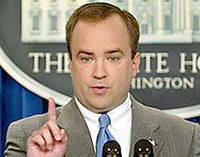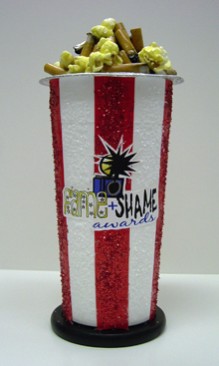We recently received an email from someone who asked, "What is the difference between a 'product placement' and a 'video news release' (VNR)? Is a VNR a type of product placement?" Since other people might have the same question, I thought I'd post my answer here. On SourceWatch, we have articles about both topics. As our article about video news releases explains, a VNR is a piece of video that is created (typically by a public relations firm on behalf of a paying client) and designed to look like a news segment for broadcast by TV news programs. It deceives audiences by creating the impression that the "news" they see on TV was produced by independent reporters, when in fact VNRs are promotional pieces designed to sell something for a client whose identity is not always disclosed. TV news shows often deny that they use VNRs, but Diane Farsetta, our senior researcher, has done extensive research in which she found numerous examples of the practice. "Product placement" is a separate but similarly sneaky practice of getting television programs and movies to display a company's product within their program.



 PR firm
PR firm  On June 6, limos will be lined up, the red carpet will be rolled out, and decked out attendees will have their photos snapped by swarming paparazzi. But this isn't your usual Hollywood awards ceremony.
On June 6, limos will be lined up, the red carpet will be rolled out, and decked out attendees will have their photos snapped by swarming paparazzi. But this isn't your usual Hollywood awards ceremony.